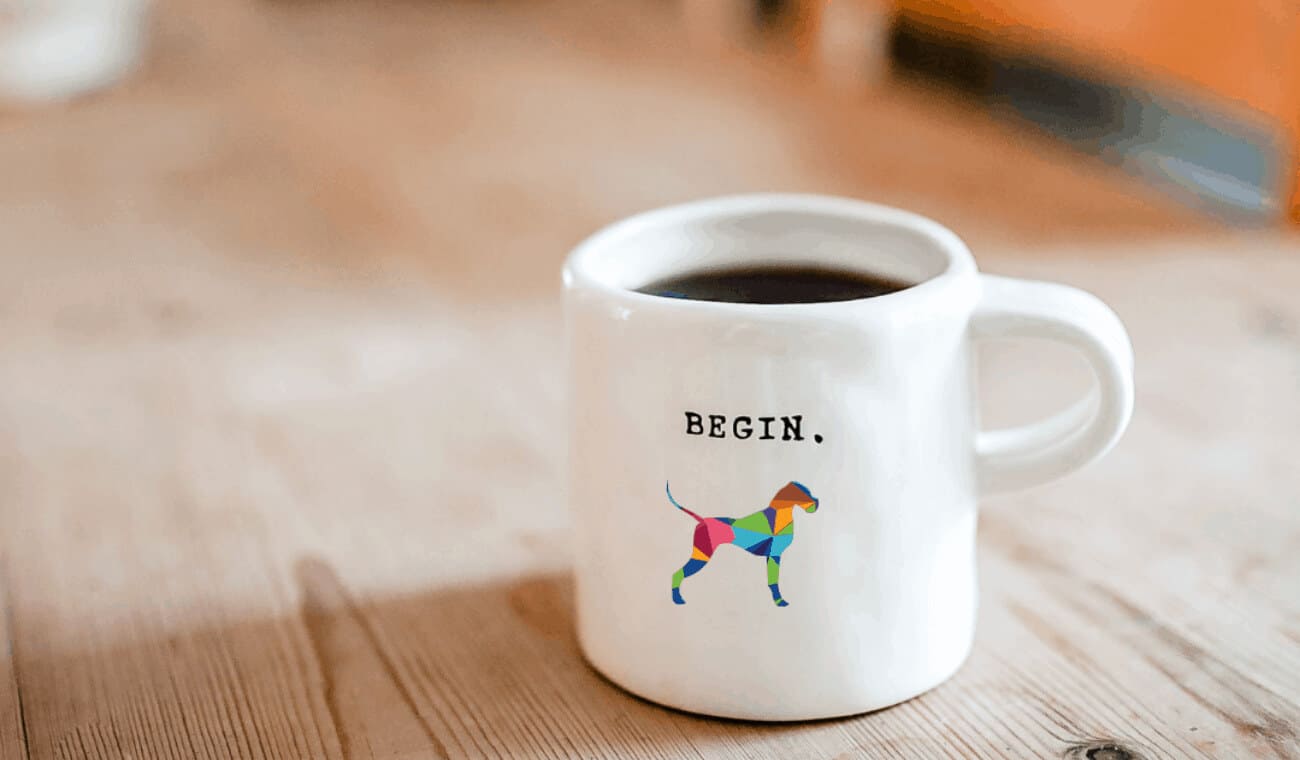
Social media – the importance of collecting data
Reading Time: 3 minutesIn the second blog post of our series – the very best ways to use Social Media Data to power growth – we explore the importance of ‘testing the waters’ and ‘collecting data as you connect to users’ – two crucial aspects in shaping social media marketing strategy and planning – and one that is based on facts and outcomes rather than just ‘gut’ feeling!
To recap on blog one of this series visit: Using Social Media data to power your brands growth
Testing the waters and data collection >> 9 practical steps you can start using today.
Test the waters
1. Set or adjust your publishing cadence
Wondering whether increasing your social media publishing cadence will increase traffic? Or, do you want to scale back on publishing, but are worried you’ll lose momentum? Test it. Try a new cadence for a week and then compare your results against a control week or your average weekly benchmarks.
2. Show people what they want to see
Don’t work off a hunch or make assumptions about the kind of creative content your social media audience likes. Social testing gives marketers powerful insights to support creative decisions.
Identify the variables you want to test, like still images vs. video. Then, as you create your content calendar, tag your posts with those variables. Once your test has run its course, analyse your results based on the metrics that best align to your goals. Areas to assess here are metrics such as volume, impressions, engagements and link clicks.
3. Fine-tune your voice, tone and copy choices
Every brand has an established identity marked by its tone and voice. Social data and testing can help you further refine that voice for social. Make decisions about long captions vs. short, emojis vs. plain text, questions vs. statements, formal tone vs. casual and more based on your results.
4. Know when to pull back
Social testing can validate certain assumptions, but it can also show where you’re wasting time and resources. Video content, for instance, can be great but it also takes quite a bit of time and resources. So if you’re doing it, you want to make sure you’re doing it right. Data can clue you into whether it’s time to discontinue a strategy and explore new options.
According to a recent survey*, 56% of marketers use social media data to understand their target audience, but additional uses dwindle from there. Only 23% of marketers use their social media data to measure ROI and only 16% use it for competitive insights.
Collect data as you connect with consumers
5. Get answers to your most burning questions directly from your audience
If you’re struggling to understand your audience, create new content, evaluate customer experiences or gauge sentiment around your brand, ask your community questions. When we think data, we often think of numbers, but the qualitative data and direction you can get from your audience just by posing a question can be incredibly valuable. It also can bring your audience directly into decision making for your brand and build loyalty.
6. Poll your audience
Leverage social media polls, a feature that’s on most social platforms today. These are a simple way to secure audience data without doing a ton of work. Polls generate intrigue, engage your audience and show them that their opinions are important, all while providing quick-turn data for marketers.
7. Let your followers crown the winner of a contest
Create a fan-driven contest and use a combination of social polls, hashtags and mentions data to track results and crown a winner.
8. Give your audience a pop quiz
Want to see how familiar audiences are with your industry, products, services or brand? Try quizzing them. This may reveal education gaps that you can fill with your content.
9. See who’s checking-in
Location check-ins on platforms like Facebook are like a personal referral that can increase your brand awareness and reach. Encouraging your customers to check-in at your locations will give you demographic data that can help you select more accurate ad targeting options.
Don’t forget to look out for our next instalment of – Using Social Media data to power your brands growth. Get this and more delivered to your inbox by subscribing to our email newsletter (scroll down to sign up). In the meantime If you need help with your social media strategy or management, contact us today.
Post a Comment
You must be logged in to post a comment.





